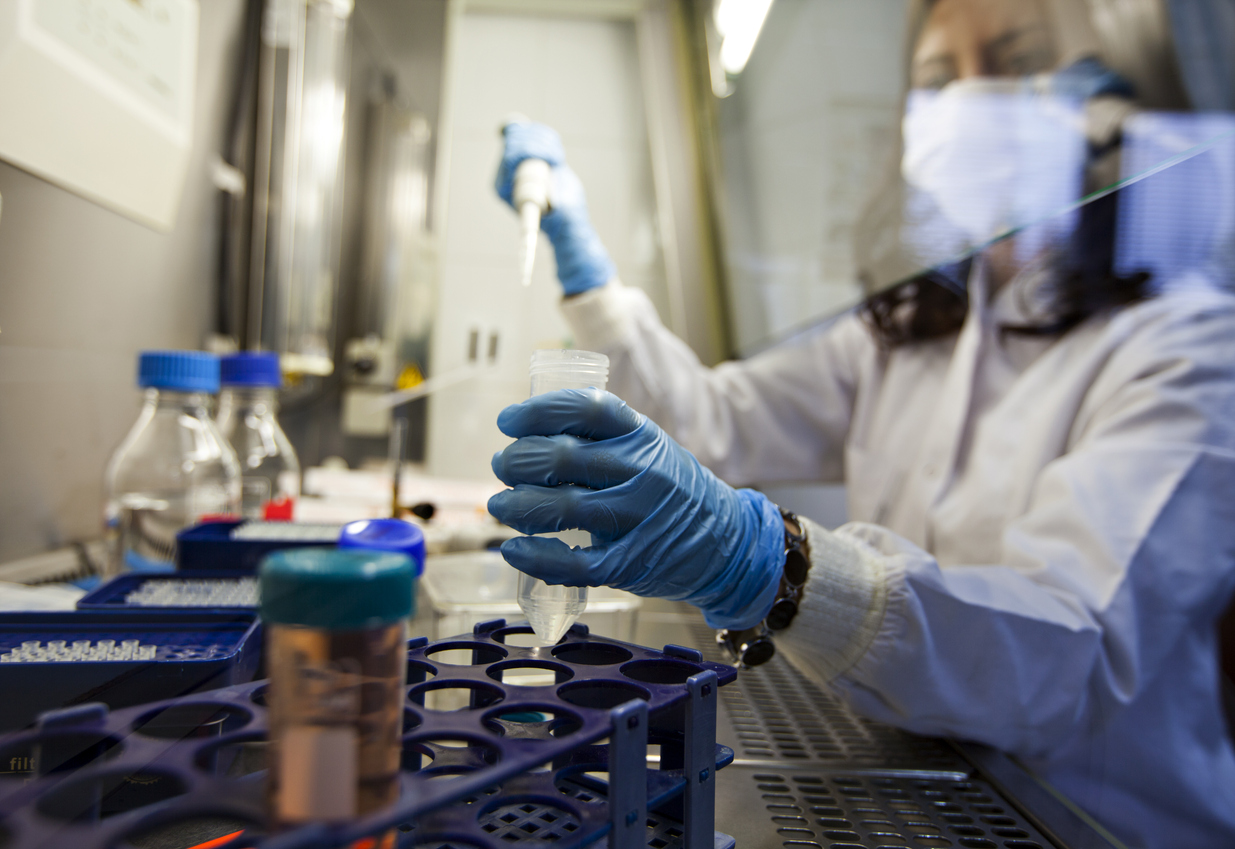
Stem cells have been part of the medical conversation for a long time now. Its use in medicine has been largely debated, specifically regarding its risks, benefits, and ethical concerns. This form of regenerative medicine is used to repair damaged tissues from aging, disease, and injury.
Research has focused on stem cells’ unique characteristics and uses in practice. People who seek methods to address health concerns without surgery may find stem cell treatment to be a viable solution. Read on to learn more about this method of treatment.
What is a Stem Cell?
The stem cell is a special cell with the potential to develop into different types of cells in the body. It has the unique characteristic to self-renew and replicate, allowing for tissue regeneration.
Several sources of stem cells have been used in research. These include:
- Embryonic stem cells — are from embryos aged three to five days old. Also known as pluripotent stem cells, these cells become specialized cell types with specific functions such as brain cells and heart muscle cells. Pluripotent stem cells have the potential to regenerate diseased tissues.
- Adult stem cells — function as the body’s repair system from damage caused by disease, injury, and normal wear and tear. Unlike embryonic cells, they only have a limited capacity to be versatile in forming special cells.
- Induced pluripotent stem cells — are adult stem cells modified to adapt characteristics of pluripotent stem cells. This has been made possible by genetic reprogramming.
- Perinatal cells — are stem cells found in the amniotic fluid, the fluid inside the sac surrounding a growing fetus.
What is Stem Cell Therapy?
Stem cells have been used to treat autoimmune, inflammatory, neurologic, orthopedic, and traumatic conditions. The therapy itself is not a cure; however, it promotes cell healing to mitigate the symptoms of conditions for a period. The overall goal is to improve the quality of life and delay the progression of the disease.
How Does It Work?
Researchers grow stem cells in the laboratory, which are then developed into differentiated types. Bone cells, muscle cells, or nerve cells are common cultured stem cells. When achieved, the stem cells are injected into the body in a specific targeted site. Stem cells can be administered by an intravenous line (IV), through the spinal canal (intrathecal route), or directly into the affected area (knee, hip, wrist, etc.). Delivering the stem cells near the injured site increases the chances of tissue regeneration.
What Conditions Do Stem Cells Treat?
The field of orthopedics has seen an evolution in treatment using regenerative technologies. Manipulated stem cells are utilized to treat several conditions. People with autoimmune, orthopedic, and traumatic conditions may benefit from the procedure.
Studies show that stem cell therapy can be used for major orthopedic conditions. These include:
- Bone-joint injuries, such as fractures, bone defects, and spinal injury
- Meniscal injuries
- Osteoarthritis
- Osteonecrosis
- Rotator cuff injuries
- Tendon ruptures
- Torn ligaments
This procedure can be used as an alternative to surgery. Patients also report a faster recovery post-injury and post-surgery.
Benefits of Stem Cell Therapy to Orthopedic Patients
Various treatment modalities were discovered in utilizing stem cells to treat musculoskeletal conditions. For instance, bone marrow-derived stem cells show promising results for people suffering from sports injuries.
Mesenchymal stem cells (MSCs), a subset of adult stem cells, are the preferred source in addressing many other orthopedic conditions. They have the potential to develop into specialized cells and can be obtained from many sources in the body. In addition, their specific ability to differentiate helps in the formation of new healthy tissues.
Apart from promoting healing, stem cell are utilized to:
- Alleviate pain
- Delay disease progression
- Heal ligament and tendon injuries
- Promote fracture healing and nonunion
- Provide lasting relief
- Reduce inflammation
- Regenerate joints
- Replace degenerative vertebral discs
Stem Cell Treatment at Austin, TX
If you are interested in learning more about stem cell therapy and whether it’s a good treatment option for you, talk to an orthopedic specialist who offers this treatment. If you are in search for an expereinced and reputable orthopedic center, look no further than All-Star Orthopedics of Austin.
With a convenient location in Austin, Texas, our comprehensive care center specializes in providing general orthopedic care, sports medicine, and joint reconstruction, among others. Aside from stem cell treatment, we also offer PRP therapy as part of the regenerative techniques to treat many health problem.
Call us today at (512) 346-4933, or use our online appointment request form to let us know you’re coming. We look forward to solving your orthopedic problems and bringing you much needed relief.





